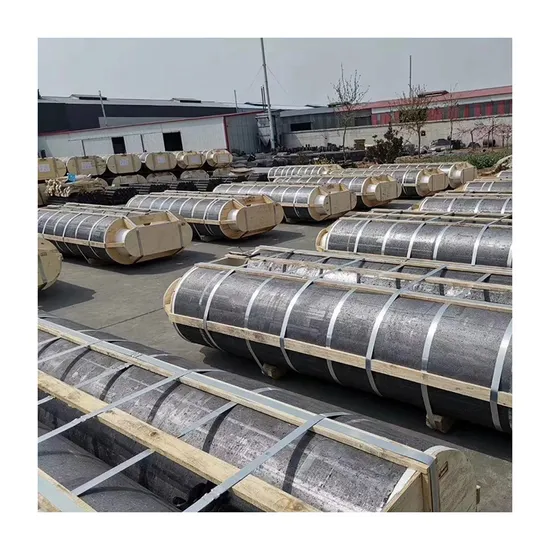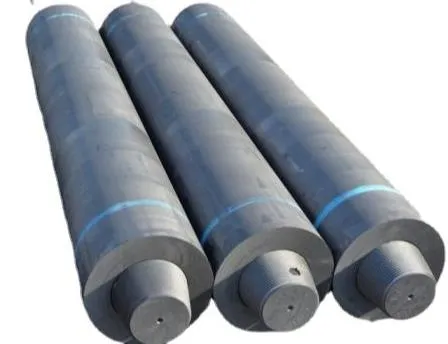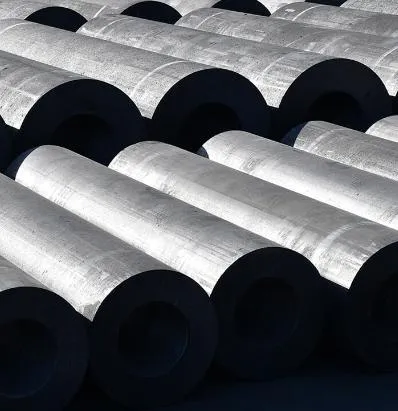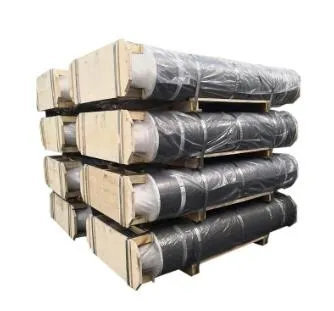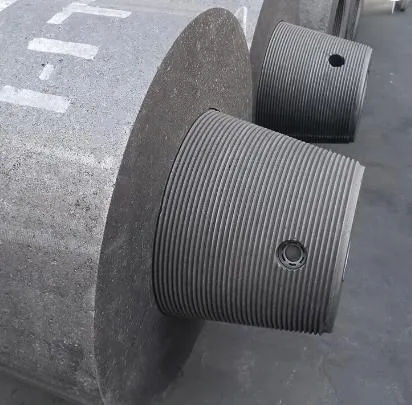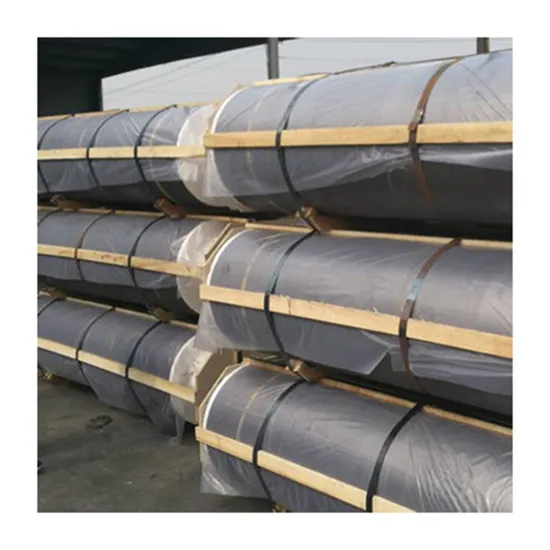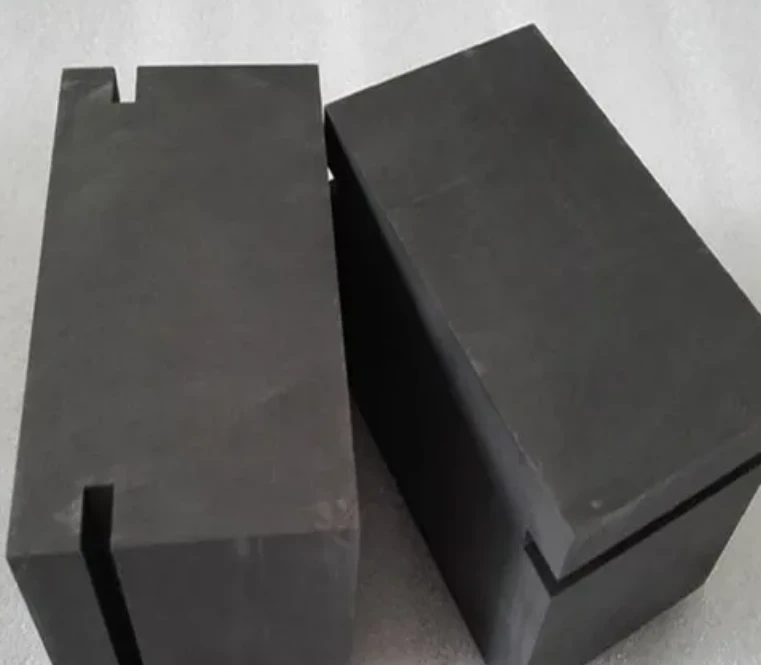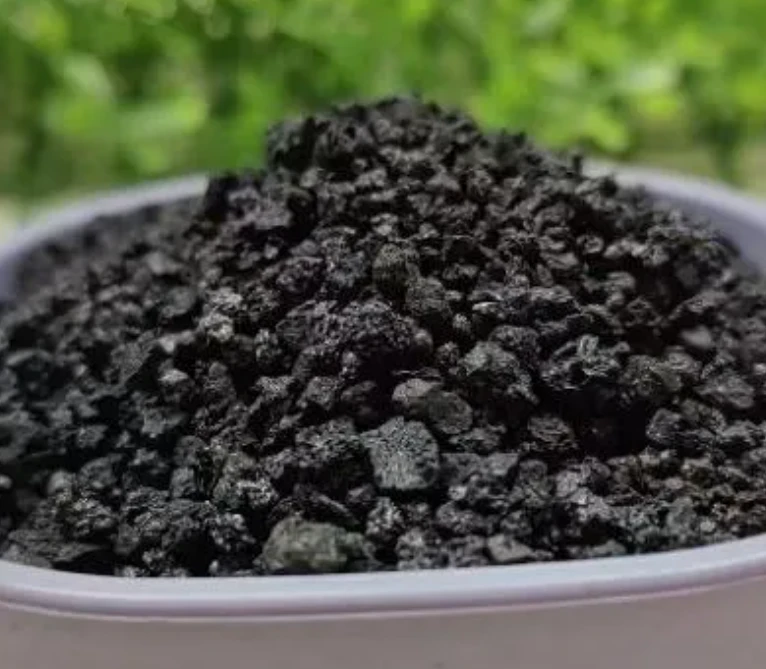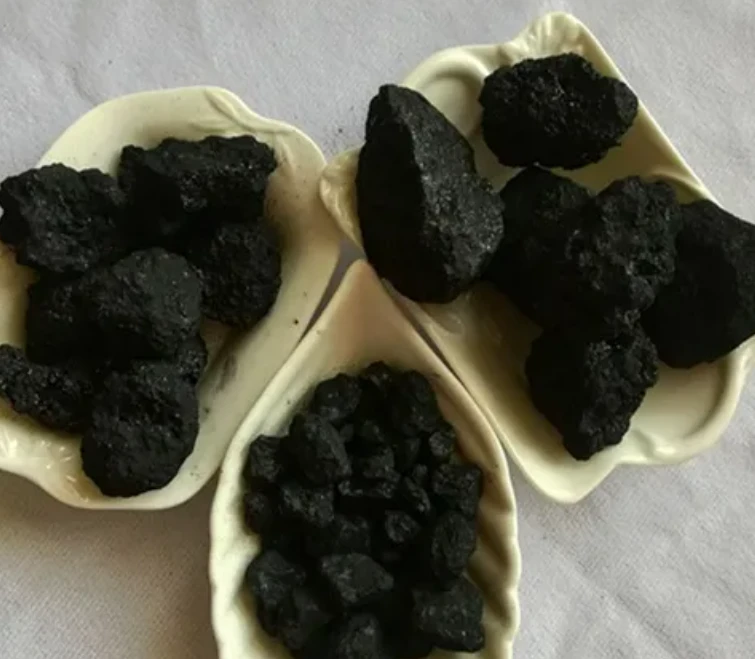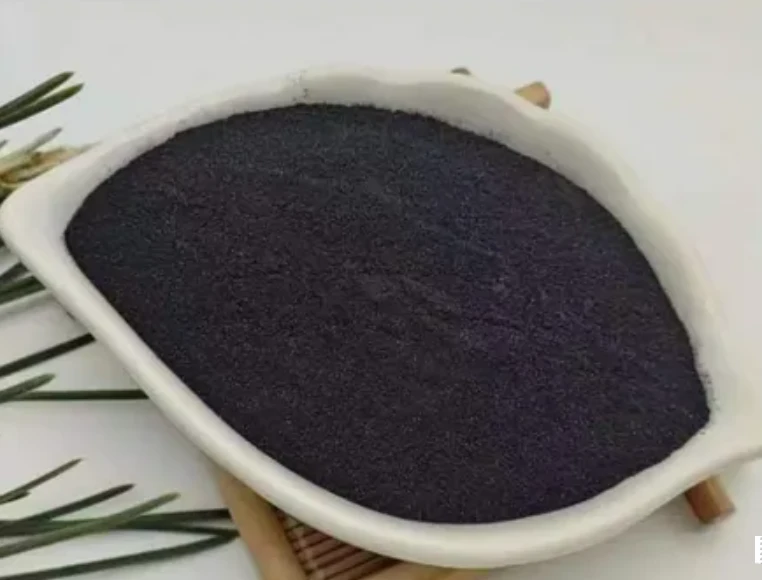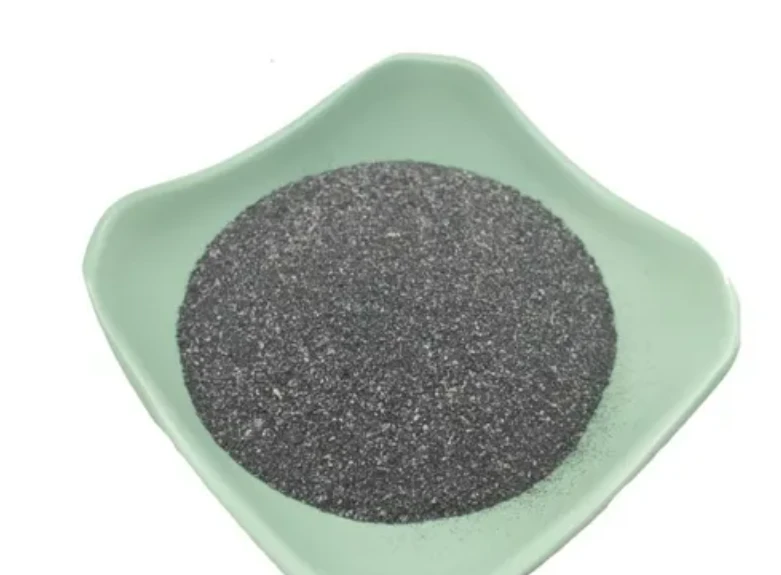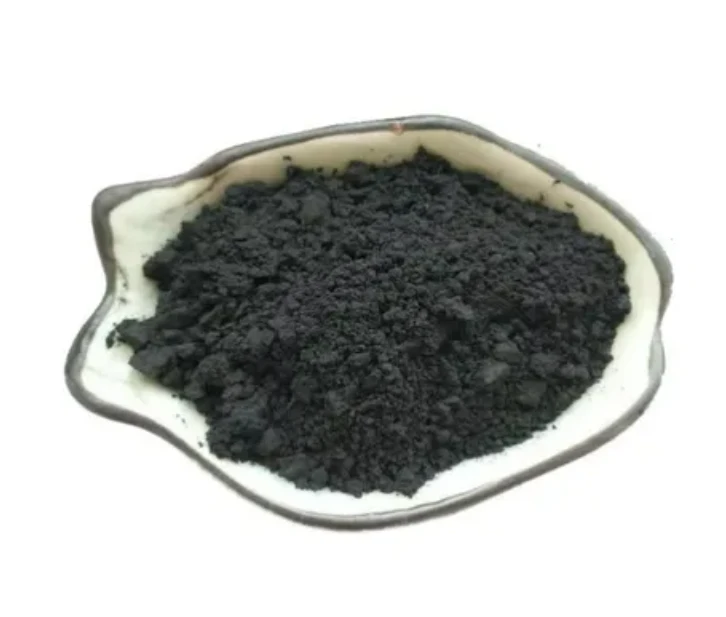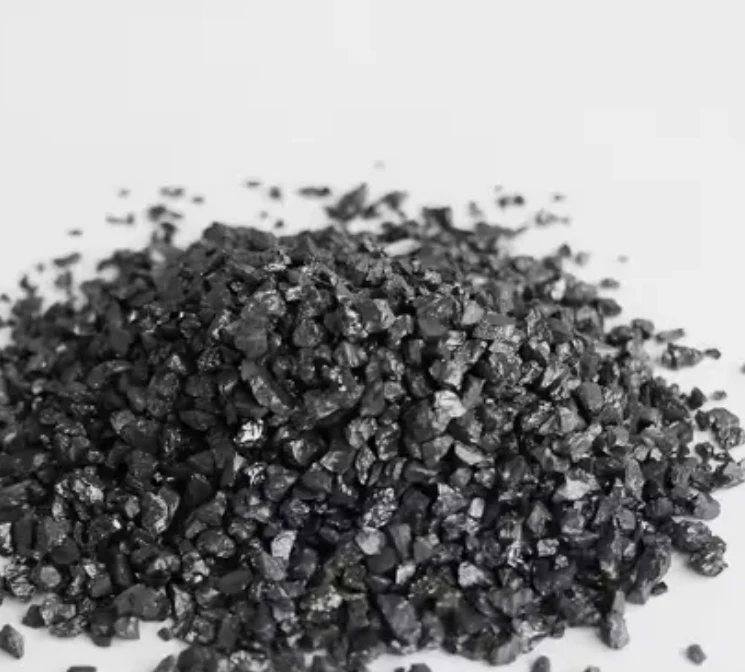- Englist



- Introduction to Graphite Fine Powder Extra Pure: Definition and Core Attributes
- Technical Advantages of Extra Fine Graphite Powder in Modern Industry
- Supplier Comparison: Data-Driven Quality and Purity Metrics
- Customization: Tailoring Graphite Fine Powder Specifications
- Application Cases: Sector-Based Insights and Performance
- Environmental and Regulatory Considerations
- Conclusion: How Graphite Fine Powder Extra Pure Shapes Industrial Progress

(graphite fine powder extra pure)
Introduction to Graphite Fine Powder Extra Pure: Characteristics and Industry Importance
Graphite fine powder extra pure is a specialized carbon material notable for its exceptionally small particle size and extremely high purity, commonly exceeding 99.9% carbon by weight. This product is synthesized and refined through controlled, multi-step purification methods, with precise attention to contaminant removal and particle uniformity. The granularity of extra fine graphite powder typically ranges from 1 to 10 microns, allowing for unique physical, electrical, and thermal properties. Key features include high conductivity, impressive chemical inertness, increased surface area, and superior lubricity.
The industrial relevance of graphite fine powder is underscored by its adaptability in high-precision manufacturing, electronics, battery and energy storage applications, and high-temperature metallurgical processes. Its ultra-pure nature reduces the risk of adverse chemical reactions, increases process yields, and aligns with strict regulatory standards in sensitive operations. Understanding these properties is fundamental to making informed commercial and technical choices regarding its sourcing and use.
Technical Advantages of Extra Fine Graphite Powder in Modern Industry
The essential advantage of extra fine graphite powder lies in its unparalleled combination of purity and particle control. In electronics, for instance, the ultra-high carbon content optimizes the conductivity and performance of lithium-ion battery anodes, directly contributing to increased energy density. The narrow particle size distribution enhances packing density, reduces interparticulate voids, and supports homogenous film formation in coatings.
Moreover, the surface chemistry of graphite fine powder allows for easy functionalization, making it an ideal candidate for composite materials where interfacial compatibility is critical. Scientific studies indicate that a reduction in particle size from 10 μm to 2 μm can result in a 50% increase in electrode capacity. In lubricants, extra-fine graphite particles lower friction coefficients by up to 30% compared to standard grades, underlining significant performance boosts.
The powder's high purity dramatically minimizes impurities such as sulfur, iron, and silicates, preventing catalyst poisoning and extending operational lifetimes in petrochemical and foundry environments. These quantifiable benefits make extra pure graphite fine powder indispensable for forward-looking industries.
Supplier Comparison: Data-Driven Quality and Purity Metrics
When procuring extra fine graphite powder, choosing the right manufacturer impacts both cost and compliance. Below is a comparative table drawn from leading international vendors. Metrics include carbon purity, particle size distribution, bulk density, and typical application focus. The data is synthesized from supplier-provided technical datasheets, third-party lab analyses, and industry surveys.
| Supplier | Carbon Purity (%) | Particle Size (μm) | Bulk Density (g/cm3) | Sulfur (ppm) | Application Strength |
|---|---|---|---|---|---|
| GraphiTech Corp. | 99.98 | 2 - 5 | 1.05 | <20 | Battery, Semiconductor |
| Kaiyun Advanced Materials | 99.95 | 3 - 7 | 1.10 | <30 | Metallurgy, Lubricants |
| EuroGraphite Ltd. | 99.90 | 2 - 6 | 1.08 | <35 | Refractories, Coatings |
| PureNano Carbon | 99.995 | 1 - 3 | 1.00 | <10 | High-tech Electronics |
It is clear from the data that the best-in-class suppliers, such as PureNano Carbon, deliver not only the highest carbon purity but also tight control over trace contaminants and ultra-narrow particle size distributions suited for demanding applications.
Customization: Tailoring Graphite Fine Powder Specifications
The broad commercial utilization of graphite fine powder necessitates tailored solutions. Manufacturers often offer custom synthesis protocols to adjust purity, particle morphology, surface area, and even chemical functionalization levels. For example, according to a survey, 37% of industrial buyers request slight modifications in particle size to optimize flow and dispersibility for coatings, while 22% demand bespoke purity levels for advanced battery production.
Customization may include hydrophobization or oxidation treatments to enhance compatibility within polymer matrices, or the introduction of trace dopants to alter electrochemical behaviors. The flexibility to specify bulk density and pH profiles is particularly valued in precision optics and anti-static formulations. These bespoke options not only extend the functional possibilities but also maximize cost-effectiveness by eliminating over-specification.
Supply chain agility is also vital. Leading vendors typically promise batch traceability, rapid prototyping samples, and ongoing technical support. Ultimately, the ability to customize serves as a differentiator among graphite fine powder suppliers, reinforcing their role as strategic partners in innovation.
Application Cases: Sector-Based Insights and Performance
Extra pure, fine graphite powder continues to transform key segments through enhanced performance, reliability, and compliance. In the battery industry, leading lithium-ion manufacturers reported a 4–7% improvement in cycle life by migrating from 99.5% to 99.98% purity powders, citing a reduction in electrode degradation and side reaction frequencies. Automotive brake pad producers document up to 18% wear resistance improvement, while die-cast foundries record smoother finishes with fewer inclusions when implementing graphite fine powder of sub-5 μm size.
In aerospace coatings, surface resistivity is cut by half compared to traditional carbon black, supporting advanced EMI shielding and thermal management. Chemical process facilities using high purity graphite powders note enhanced catalyst selectivity and longer service intervals.
The following table summarizes select sector case data highlighting performance outcomes:
| Industry | Metric Improved | % Gain with Extra Pure Graphite | Notes |
|---|---|---|---|
| Batteries | Cycle Life | +7% | Purity reduces capacity fade |
| Automotive | Wear Resistance | +18% | Improved brake pad durability |
| Aerospace | Surface Resistivity | -50% | Better EMI shielding in coatings |
| Foundry | Finish Quality | +12% | Fewer surface defects |
| Chemical Processing | Catalyst Life | +15% | Minimized contamination |
These cases validate the cross-sectoral value of adopting high-purity, fine graphite powder tailored for cutting-edge technical and economic demands.
Environmental and Regulatory Considerations
The production, handling, and end-use of graphite fine powder are closely regulated to meet environmental and occupational safety expectations. Fine powders, especially those below 10 microns, may pose inhalation risks and require the implementation of dust control and personal protective equipment standards.
On the environmental front, leading producers have adopted greener purification techniques. For instance, acid-free thermal purification has cut emissions per ton of finished powder by up to 43% compared to legacy chemical methods. European and North American regulations mandate REACH and RoHS compliance, restricting heavy metal content and hazardous processing agents. End users increasingly demand Material Safety Data Sheets (MSDS), product stewardship documentation, and third-party certification.
Eco-friendly packaging solutions are also being rolled out, with recyclable bulk bags and reduced single-use plastic. Transparency and responsibility in graphite supply chains bolster long-term brand credibility and help future-proof investments in key markets.
Conclusion: How Graphite Fine Powder Extra Pure Shapes Industrial Progress
The ascent of graphite fine powder extra pure
is redefining technical boundaries in multiple sectors. Its role in enabling longevity, efficiency, and safety—from advanced energy storage devices to precise industrial coatings—cannot be overstated. Competitive advantages stem from quantifiable metrics: higher battery capacity retention, longer mechanical component lifetimes, and greater consistency in finished products.
As modern applications drive demand for materials with exacting attributes, the ability to source and customize extra fine graphite powder becomes a strategic imperative. Choosing a supplier requires balancing purity, granularity, responsiveness, and environmental responsibility.
Ultimately, the widespread adoption of graphite fine powder extra pure is emblematic of a broader industrial shift towards high-performance, sustainable, and precision-engineered materials—laying the foundation for the next generation of technological progress.
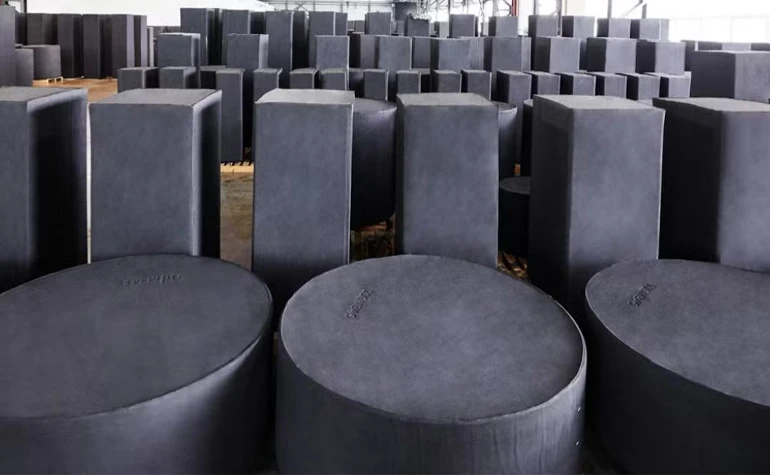
(graphite fine powder extra pure)





 Pervious
Pervious
 Next
Next
